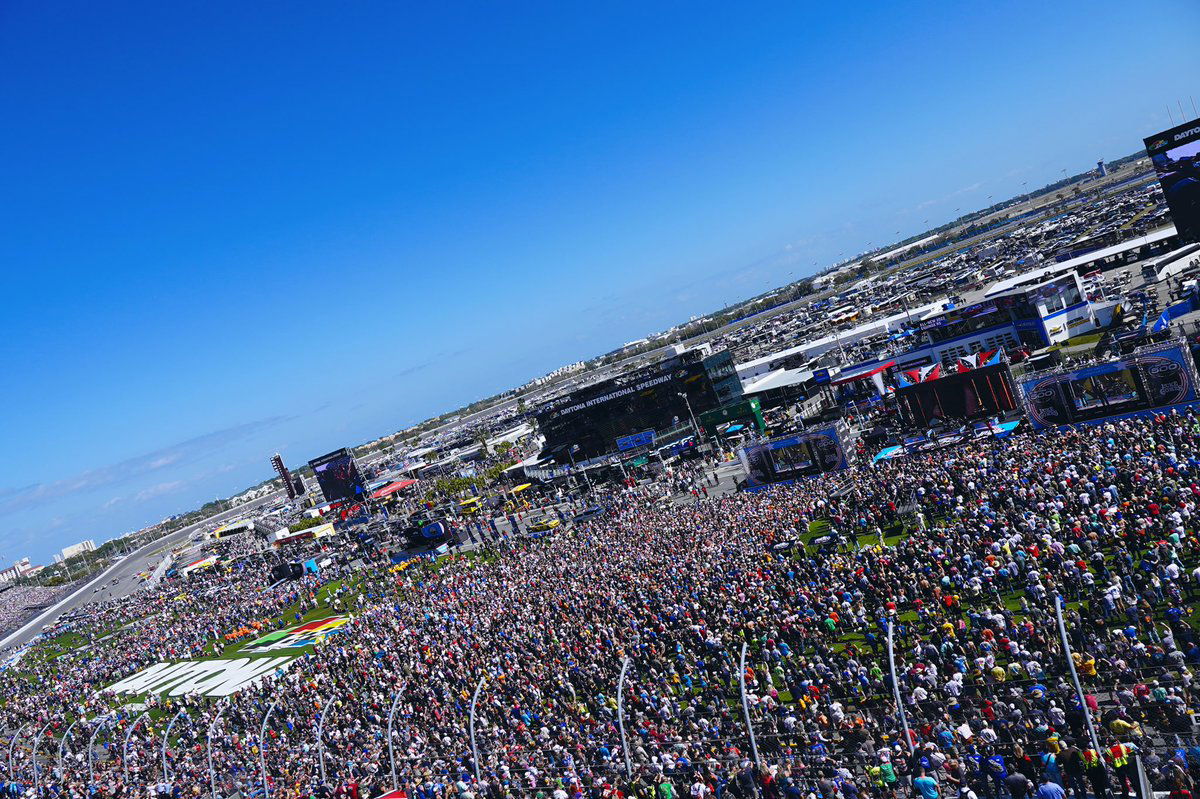
Imago
Daytona International Speedway / X

Imago
Daytona International Speedway / X
Fans arriving at Daytona International Speedway this weekend were greeted with a scene that hasn’t been common in recent summers: grandstands packed, tailgates buzzing, and anticipation hanging in the humid night air. For years, the summer race here has drawn mixed attendance, often criticized for lacking the punch of February’s marquee events.
Watch What’s Trending Now!
But this time, the energy stretched from the parking lots to the flag stand. The roar of the crowd matched the roar of engines, proof that NASCAR fans were buzzing as Daytona welcomed its largest summer crowd in years.
ADVERTISEMENT
Daytona’s summer stage rediscovers its spark
Two key races have traditionally defined Daytona International Speedway, the heart of NASCAR: the season-opening Daytona 500 and the summer event that now serves as the regular season finale. While the Daytona 500 draws a nationwide and diverse audience each February, the summer race has experienced fluctuations in attendance over the years.
Historically a July 4th staple, the summer event moved dates and formats, facing challenges attracting consistent crowds, especially in recent years, as overall NASCAR attendance experienced a decline across many venues. Yet this year’s largest summer crowd in years marks a notable shift.
According to Speedway President Frank Kelleher, the sport is in a boom phase at Daytona. “We really see this event growing now that it’s the regular season finale. We’re up year over year on camping, and we’re up year over year on fans in the stands, so it makes us really proud,” Kelleher said. This reflects rising fan enthusiasm that’s tied to the race’s increased stakes and its position within the playoff picture.
ADVERTISEMENT
Daytona president Frank Kelleher says tonight is the largest crowd in seven years for Daytona’s summer race.
— Jordan Bianchi (@Jordan_Bianchi) August 23, 2025
William Byron, winner of the 2025 Daytona 500, highlighted how the race dynamics have changed: “The race is shorter, and with all of the playoff implications, everyone races a little bit crazier, so there’s a much different cadence to this race.” This faster pace, combined with heightened drama, seems to resonate strongly with fans who desire engaging, high-pressure competition.
ADVERTISEMENT
Demographically, Daytona’s attendance continues to lean heavily on local and regional fans from the Eastern United States and Florida in particular, which supports more affordable ticket pricing and benefits from strong community connections. In contrast with some marquee sports events drawing primarily high-income visitors, Daytona’s fan base is notably diverse, spanning various ages and income levels, which bolsters attendance resilience.
All these factors together: renewed calendar importance, more intense racing, regional fan base strength, and affordability contribute to the surge in attendance seen this summer. Despite industry-wide challenges such as fluctuating TV ratings and evolving fan engagement trends, Daytona illustrates how legacy tracks can still thrive when combining tradition with timely innovations.
Top Stories
New Charter Deal Triggers ‘Financial Frenzy’ as NASCAR Teams Set for Massive Payday
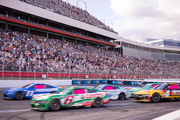
NASCAR Broadcasters Asked to Issue an Apology to Michael Jordan & Co. After Lawsuit Settlement
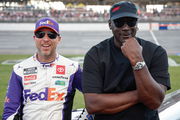
Rick Hendrick Strikes Fear in NASCAR Fans With Chevy’s New “Illegal” Car
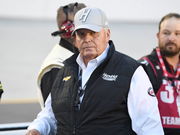
Kyle Larson Publicly Shuts Down Theory He Can Win in Anything
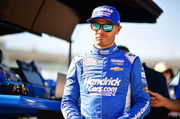
Dale Jr. Goes on a Ballistic Rant Calling Out NASCAR’s Obsession With Manufacturing Drama

ADVERTISEMENT
NASCAR Fans’ mixed emotions: cheers, skepticism, and sharp jokes
If the energy inside the speedway provided the visual, the online reaction completed the picture. Social media lit up with NASCAR fans commenting on the scene, mixing humor, criticism, and appreciation in equal doses. The reactions reflected both the excitement of seeing Daytona buzzing again and the persistent skepticism toward how NASCAR will frame the moment.
One fan leaned into sarcasm by comparing the surge in attendance to a famously self-deprecating ad: “This is like when Sprint cellular had the commercial that said, ‘we don’t suck as bad anymore.’” The humor carried, but so did the undertone—caution that one strong night doesn’t erase larger questions about consistency.
Others echoed long-running narratives about the sport’s trajectory. As one blunt comment put it: “Nascar is dying.” That pessimism is not new, and it reflects a faction of the fan base that sees every high note through the lens of broader industry decline. In contrast, another fan downplayed the playoff system’s role entirely, saying: “It’s not from the playoffs I will tell you that.”
ADVERTISEMENT
That sharp response feeds into a wider consensus that fans view Daytona’s energy as natural rather than system-driven. Another popular theme revolved around scheduling. One fan noted the visible full stands on Saturday night but voiced frustration that television ratings will remain the talking point.
“Saturday night = full stands, but all we will hear about is poor ratings compared to a Sunday night race.” This brings context to NASCAR’s balancing act: a race can succeed magnificently in person, yet still be judged harshly in broadcast numbers.
There was also acknowledgment that NASCAR itself has work to do in sustaining the momentum. One fan phrased it bluntly: “But @NASCAR will do everything in their power to reverse that trend.” Yet even within critiques, some fans simply expressed appreciation for the moment. As another put it, cutting through the hand-wringing: “Wouldn’t know it by all the whining people do about NASCAR. Just enjoy the racing, folks.”
ADVERTISEMENT
The mix of tones, sarcastic, critical, and genuinely celebratory, mirrors the larger dynamic of the sport today. Crowds may surge, reactions may split, but the constant is passion. The renewed atmosphere at Daytona provides fresh evidence that NASCAR still commands attention, and that no matter the narratives surrounding it, fans remain engaged enough to debate, defend, or mock with intensity.
ADVERTISEMENT
ADVERTISEMENT
ADVERTISEMENT

